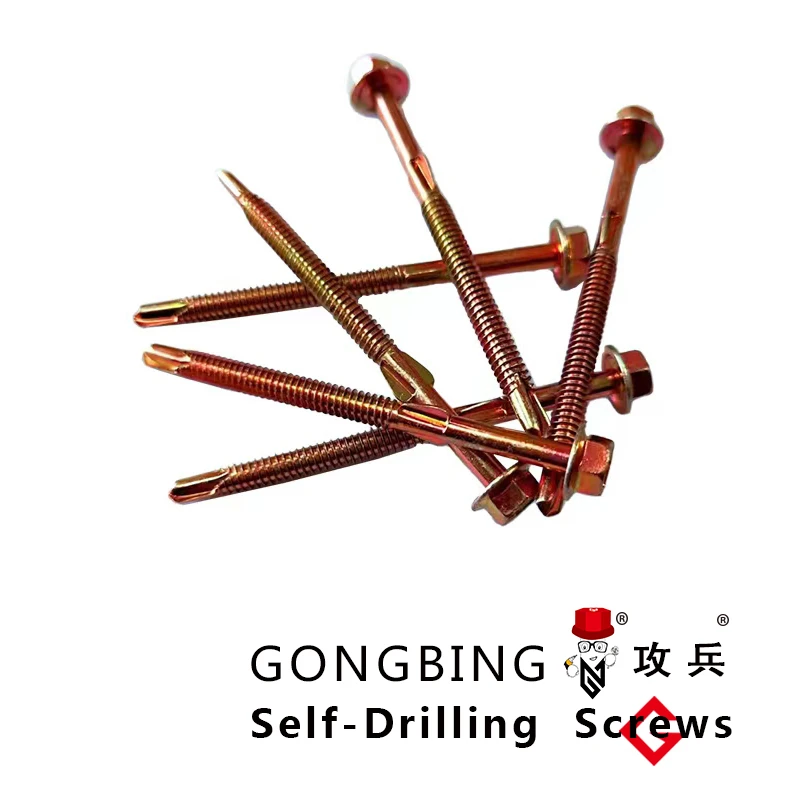bracing for steel structures
Bracing for Steel Structures Ensuring Stability and Strength
Bracing is a crucial component in the design and construction of steel structures, providing enhanced stability and strength while ensuring the longevity and safety of buildings and other constructions. As urbanization increases and the demand for skyscrapers and large commercial buildings grows, understanding the importance of bracing becomes even more vital.
The primary purpose of bracing in steel structures is to resist lateral loads, which can be generated by wind, earthquakes, and other environmental factors. These lateral forces can cause buildings to sway or even collapse if not adequately managed. By incorporating bracing systems, engineers can create a more robust framework that helps maintain the structural integrity and safety of the building.
There are various types of bracing systems commonly used in steel structures. Some of the most notable include diagonal bracing, X-bracing, and chevron bracing. Each of these systems has its specific applications, advantages, and disadvantages, making them suitable for different types of constructions and environmental conditions.
Diagonal Bracing involves placing steel members at an angle between vertical and horizontal frames to form a triangular shape. This configuration effectively transfers loads to the base of the structure, enhancing stability. It is often used in residential buildings and smaller commercial properties due to its simplicity and effectiveness.
bracing for steel structures

X-Bracing, where two diagonal members cross each other to form an X, is typically employed in taller structures. This method offers a higher level of stability by distributing forces more evenly across the framework. It is particularly effective in skyscrapers subjected to high wind loads. The design also allows for flexibility in the construction process, as the elements can be prefabricated off-site and easily assembled on location.
Chevron Bracing is another popular system, which features diagonal braces resembling a chevron or V shape. This arrangement allows for the efficient transfer of lateral forces to the columns or foundation, while also reducing the buckling risk of the braces. This system is commonly used in both low-rise and high-rise buildings, providing an optimal balance of strength and design aesthetics.
In addition to providing structural stability, bracing can also play a critical role in enhancing the architectural aesthetics of a building. Designers can strategically incorporate bracing elements into the façade, allowing for innovative and visually appealing designs while still fulfilling functional requirements. This synergy of form and function can result in iconic structures that stand the test of time.
Furthermore, advancements in materials and technology continue to influence bracing design. The introduction of high-strength steel and other composite materials has increased the efficiency of bracing systems, allowing for lighter and more resilient structures. Innovative technologies such as computer-aided design (CAD) and finite element analysis (FEA) enable engineers to simulate and optimize bracing layouts, ensuring that they can withstand a variety of stressors while minimizing material use and costs.
In conclusion, bracing is an essential aspect of steel structures that significantly contributes to their safety, stability, and aesthetic appeal. With the ongoing evolution of construction technology and design practices, the future of bracing systems looks promising. As engineers and architects continue to push the boundaries of what is possible in structural design, bracing will remain a fundamental feature in the creation of resilient and innovative buildings that cater to the needs of modern society. Emphasizing effective bracing solutions not only secures the integrity of steel constructions but also paves the way for the architectural marvels of tomorrow.
-
Wedge Anchor Bolts: Secure Fastening SolutionsHabarlarAug.05,2025
-
Insulation Fixings: Secure and Durable SolutionsHabarlarAug.05,2025
-
Full Threaded Studs: Versatile Fastening SolutionsHabarlarAug.05,2025
-
Expanding Fasteners: Secure and Reliable SolutionsHabarlarAug.05,2025
-
Butterfly Toggle Anchors: Secure and Easy to UseHabarlarAug.05,2025
-
Bracing Solutions for Steel StructuresHabarlarAug.05,2025
